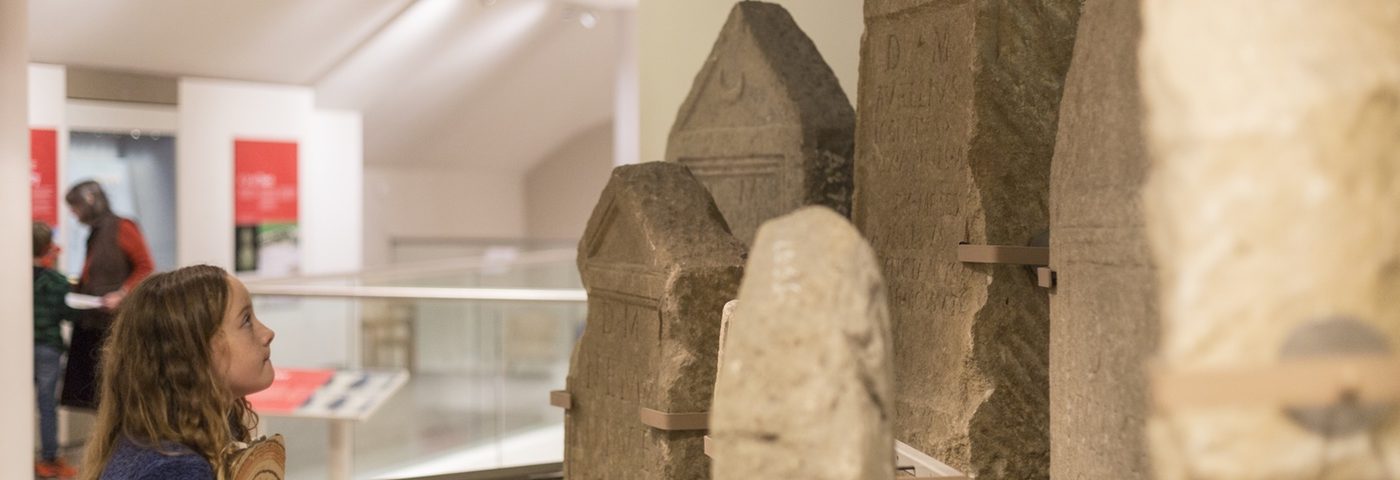Hares in Roman Art by Isobel Wilkes
To celebrate the 50th anniversary of the discovery of the Hare Mosaic, summer intern, Isobel Wilkes, looks at the significance of the hare as a mythological figure and artistic motif in Roman art.

To celebrate the 50th anniversary of the discovery of the Hare Mosaic, summer intern, Isobel Wilkes, looks at the significance of the hare as a mythological figure and artistic motif in Roman art.
Read our latest blog post by Isobel Wilkes about the Corinthian capital that once formed part of a Jupiter column in the Roman forum of ancient Corinium.
Blog post written by Fiona Beeston, a student at King's College, London, studying Classical Studies with English. Read on to discover more about the Matres and the Genii Cucullati and their roles and symbolism in Roman Britain.
Read our latest blog post by Fiona Beeston discussing the Matres and the Genii Cucullati with Professor Miranda Aldhouse-Green and learning more about the Corinium archaeological images that we have of them.
Read our latest blog post by Isobel Wilkes about the second century CE Sator Square carved into a painted section of wall plaster, which was excavated from a Roman house on Victoria Road, Cirencester in 1868
In 2009, Corinium Museum celebrated the International Year of Astronomy with an exhibition entitled, Gods and Planets, Discovering Astronomy. Part of the exhibition featured a Victorian astronomer from Cirencester called, Elizabeth Brown. At the time, nobody had really heard of Elizabeth Brown so we felt it was important to make her astronomical work known to […]
Read our latest blog post - A ‘Festival of Isis’ token from Kingscote, Gloucestershire by C. Mondello & D. Wilding. Tokens (also called tesserae) in the Roman period are a little studied class of object. They are commonly found all over the Roman Empire, with the exception of the province of Britannia, and are usually made and used on a local scale. The presence of a ‘Festival of Isis’ token in Roman Britain is therefore unusual as it has been taken from its place of origin to an area which did not use tokens.
Apparently, modern-day Britons are turning to their prehistoric ancestors when looking for a more sustainable burial. Read our latest blog post by Samantha Fryer Ward.
This blog post by Lorna Heatherington looks at the tombstone of Julia Casta, discovered at the site of The Querns, a Roman burial area within the immediate environs of Cirencester in or before 1721.
A small, limestone statue head, produced in the Romano British period, that belongs to the Roman God Mercury, was found on Cricklade Street. It now sits proudly in the Corinium Museum; read on to discover more.